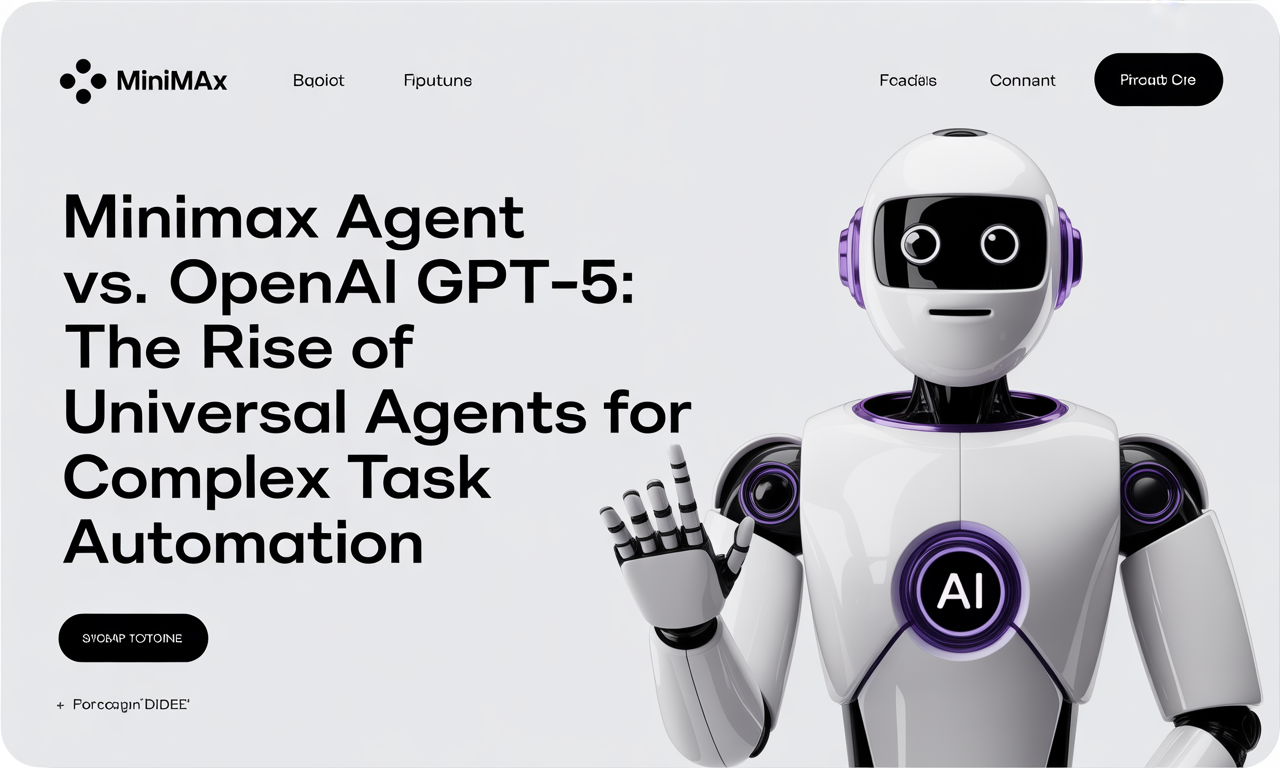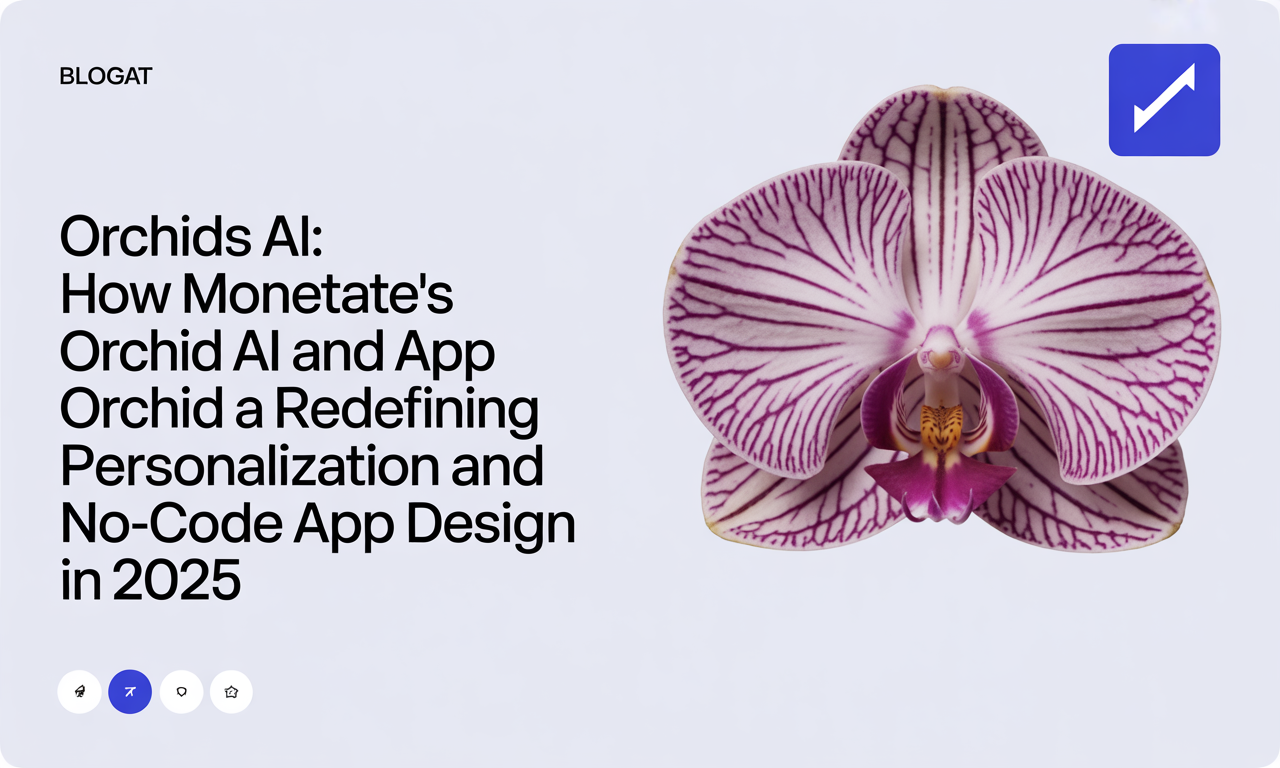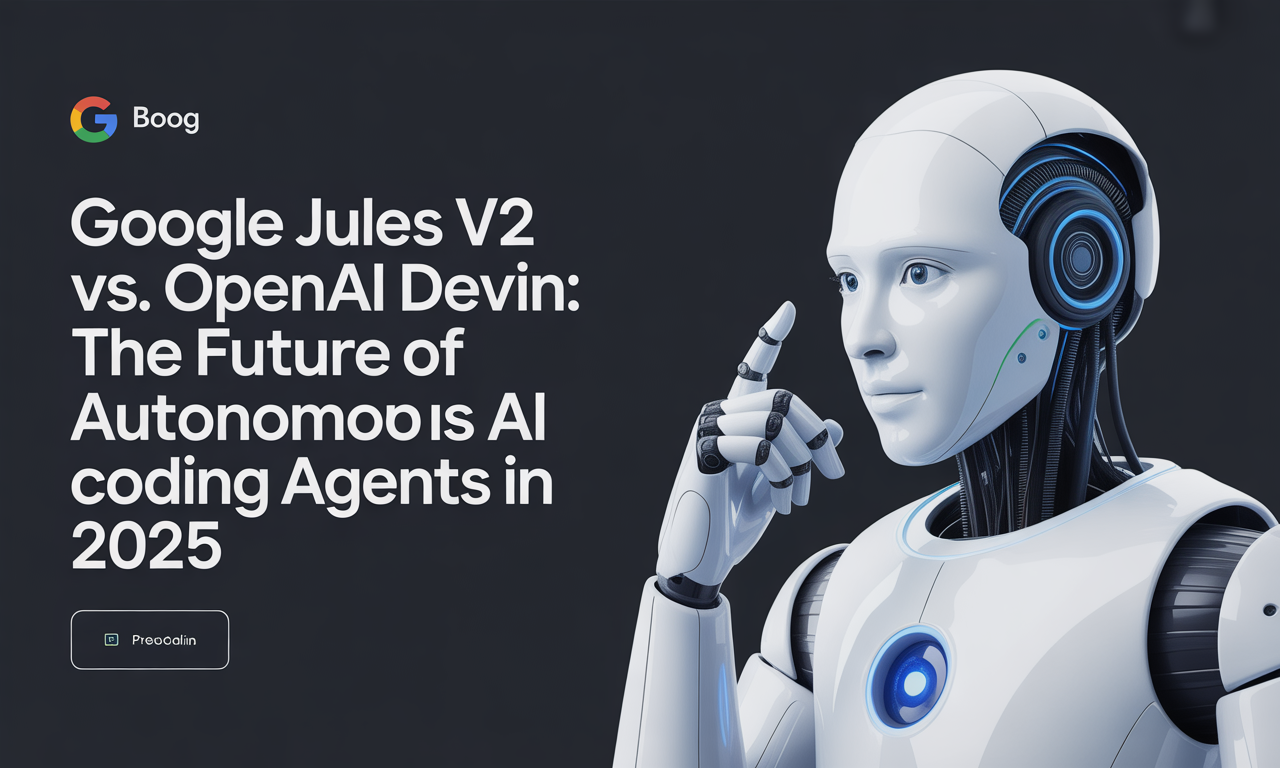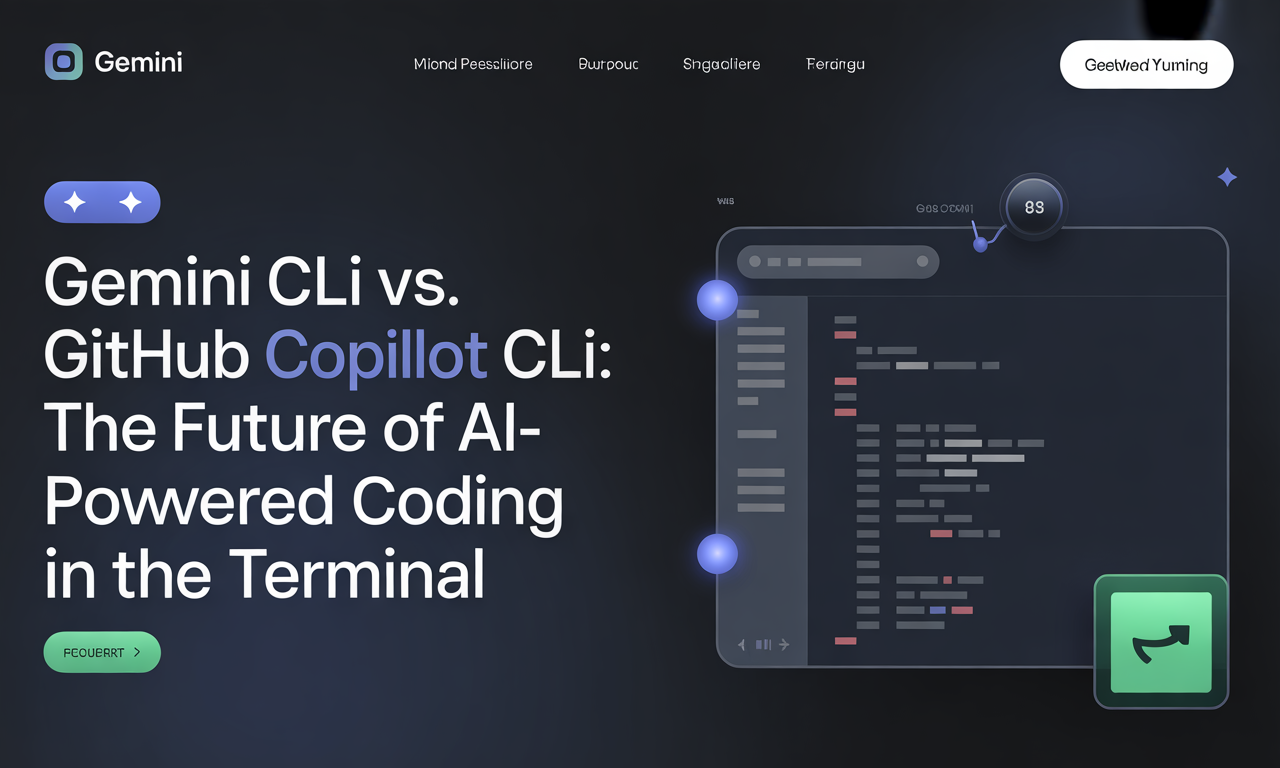MiniMax Agent vs. OpenAI GPT-5: The Rise of Universal AI Agents for Complex Task Automation
In the rapidly evolving world of artificial intelligence, universal AI agents are emerging as revolutionary tools that promise to automate complex workflows across industries. Among the frontrunners in this space are OpenAI’s GPT-5 and the MiniMax Agent, both pushing the boundaries of what AI can autonomously achieve. As businesses increasingly demand seamless, intelligent automation, understanding the strengths, differences, and practical applications of these agents becomes crucial.
In this detailed analysis, we’ll explore the capabilities of GPT-5 and MiniMax, examine how they’re shaping the future of automation, and provide actionable insights for organizations looking to leverage these powerful technologies.
Understanding Universal AI Agents: What Sets Them Apart?
Universal AI agents represent a new class of intelligent systems designed not just for conversation, but for deep reasoning, multimodal understanding, and autonomous action across diverse tasks. Unlike traditional chatbots or narrow AI models, these agents can:
- Process multiple types of data—text, images, audio, and increasingly video
- Reason through complex, multi-step problems
- Execute real-world tasks such as code generation, workflow automation, and data analysis
- Adapt autonomously without continuous user input, often delegating sub-tasks to specialized internal modules or third-party plugins
Both GPT-5 and MiniMax are emblematic of this shift, aiming to replace fragmented toolchains with unified AI-driven productivity systems.
OpenAI GPT-5: The Benchmark for Universal AI Agents
Key Features and Innovations
OpenAI’s GPT-5 builds on a legacy of powerful language models, but with transformative upgrades that position it as a universal AI foundation:
- Unified Multimodal Processing: GPT-5 seamlessly integrates text, images, audio, and potentially video into a single model architecture, allowing it to understand and generate across modalities without switching tools.
- Deep Reasoning Capabilities: Drawing from advanced reasoning models like the O-series, GPT-5 can solve complex problems with recursive and multi-step logic.
- Autonomous Agents & Tool Integration: It drives autonomous agents capable of browsing the web, running code snippets, completing forms, and orchestrating workflows by coordinating plugins and internal subagents.
- Massive Context Window: With support for over 1 million tokens, GPT-5 can handle extremely long documents and intricate workflows, enabling detailed memory and recursive analysis.
- Real-Time Business Automation: It powers end-to-end automation such as meeting scheduling, proposal drafting, and multi-application task management.
- Developer-Centric Integration: Embedded within integrated development environments (IDEs), GPT-5 supports code review, refactoring, and reasoning across entire codebases.
- Tiered Access Model: Ranging from free tiers to enterprise-grade subscriptions, GPT-5 scales its capabilities according to user needs.
What This Means for Businesses
GPT-5 is positioned as the go-to AI agent for organizations seeking deep integration and high-end automation. Its multimodal strengths and extensive context handling make it ideal for:
- Enterprises requiring complex document processing or compliance checks
- Software developers needing AI-assisted coding workflows
- Businesses automating multi-step processes that span different applications and data types
MiniMax Agent: The Challenger Democratizing AI Automation
Core Capabilities and Market Positioning
MiniMax has rapidly gained attention as a cost-effective, agile alternative to established AI giants, focusing on delivering comparable capabilities with a faster development cadence:
- High Autonomy: MiniMax agents, such as the latest Hailuo 02 model, operate with minimal human oversight, tackling complex workflows efficiently.
- Multimodal Processing: While still expanding, MiniMax supports text and image inputs, with audio and video capabilities under active development.
- Rapid Iteration: MiniMax’s development cycles are shorter, allowing frequent updates and quick adoption of emerging techniques.
- Cost-Effective Access: Though detailed pricing remains under wraps, MiniMax is widely viewed as a budget-friendly choice for businesses seeking scalable AI without premium costs.
- Enterprise Integration: MiniMax is gaining traction in customer support automation, data analysis, and workflow orchestration within corporate environments.
Why Choose MiniMax?
MiniMax appeals to organizations prioritizing:
- Affordability without sacrificing advanced features
- Flexibility and fast deployment
- Incremental adoption of AI agents in existing workflows
This makes it especially attractive for small to medium enterprises and startups aiming to automate without extensive upfront investment.
GPT-5 vs. MiniMax: A Comparative Overview
| Feature | OpenAI GPT-5 | MiniMax Agent (Hailuo 02) |
|---|---|---|
| Multimodal Input | Text, images, audio, (video rumored) | Text, images, (audio/video in progress) |
| Reasoning | Deep, multi-step, recursive | Advanced, closing gap with GPT-5 |
| Autonomous Agents | Yes, with plugin and tool integration | Yes, high autonomy focus |
| Context Window | 1M+ tokens | Large, but specifics less public |
| Business Integration | IDEs, workflow automation, corporate training | Workflow automation, customer support |
| Cost | Tiered, premium for enterprise | Generally more cost-effective |
| Release Cadence | Major annual releases, steady improvements | Rapid iteration, frequent updates |
The Industry Shift: Why Universal AI Agents Matter in 2025
Driving Forces Behind Adoption
- Increasing Complexity of Tasks: Businesses face workflows that span multiple software, data modalities, and operational steps, demanding more intelligent automation.
- Need for Seamless Toolchains: Fragmented tools lead to inefficiency; universal agents promise consolidated, end-to-end solutions.
- Rise of Multimodal Intelligence: Processing beyond text—images, audio, video—is becoming vital for applications like customer support, content creation, and compliance.
- Accessibility and Democratization: Both OpenAI and MiniMax are making strides to ensure these agents are accessible to enterprises of all sizes, balancing power and affordability.
Impact on Workflows and Productivity
Universal AI agents are transforming how organizations:
- Delegate routine and complex tasks to autonomous systems
- Manage cross-application processes in real-time
- Leverage AI for creative and analytical problem-solving
- Enhance developer productivity through intelligent code assistance
Practical Tips for Businesses Exploring Universal AI Agents
- Assess Your Workflow Complexity: Identify processes that require multi-step reasoning or involve diverse data types—these are prime candidates for AI agent automation.
- Balance Cost and Capability: While GPT-5 offers cutting-edge features, MiniMax may provide sufficient functionality at a lower cost, especially for smaller operations.
- Pilot Before Full Deployment: Start with limited use cases like customer support automation or document processing to evaluate agent performance and integration ease.
- Leverage Ecosystem Integrations: Choose agents with strong plugin and API ecosystems to connect seamlessly with your existing software stack.
- Monitor Updates Closely: Given the rapid evolution of both GPT-5 and MiniMax, staying updated on new releases can unlock improved functionalities and efficiencies.
Conclusion: Embracing the Future of Autonomous Task Automation
The emergence of universal AI agents like OpenAI GPT-5 and MiniMax Agent marks a pivotal moment in automation technology. These agents transcend traditional AI limitations, offering businesses the ability to automate complex, multimodal tasks with unprecedented autonomy and intelligence.
For enterprises, the decision between GPT-5 and MiniMax hinges on priorities such as:
- Depth of reasoning and integration needs
- Budget constraints and scalability
- Speed of innovation adoption
By understanding the strengths and trajectories of these platforms, organizations can strategically harness universal AI agents to boost productivity, reduce operational overhead, and unlock new capabilities.
As 2025 unfolds, investing in these transformative agents will not only streamline workflows but also position businesses at the forefront of AI-driven innovation.
Harness the power of universal AI agents today to automate smarter, work faster, and innovate boldly.



